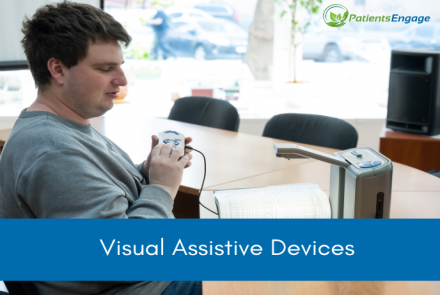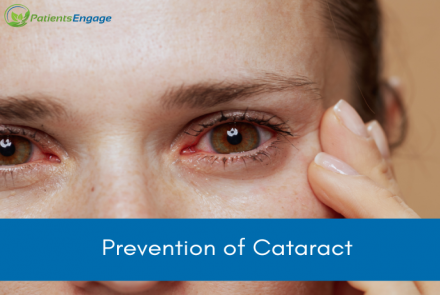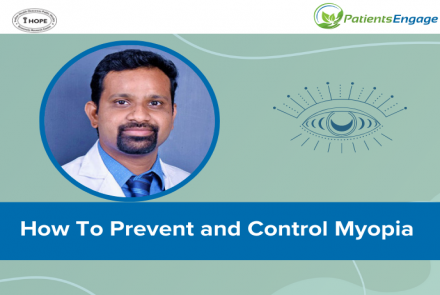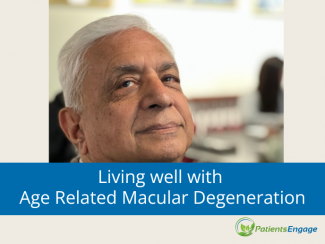Join the Eye Health or Ophthalmological Health Community to follow content and discussions on preventing and managing eye or opthalmological conditions including Myopia, Eye Allergies, Dry Eyes, Diabetic Retinopathy, Glaucoma, Cataract, Age related Macular Degeneration, Uveitis, Retinitis Pigmentosa, Rare Eye Diseases and more
Latest Communities
- Join the Eye Health or Ophthalmological Health Community to follow content and discussions on preventing and managing…
- Celebrate Life; Celebrate Diversity We welcome you to the community page "Celebrating Disability", an online discussion…
- Celebrate Life; Celebrate Diversity We welcome you to the community page "Celebrating Disability", an online discussion…


















